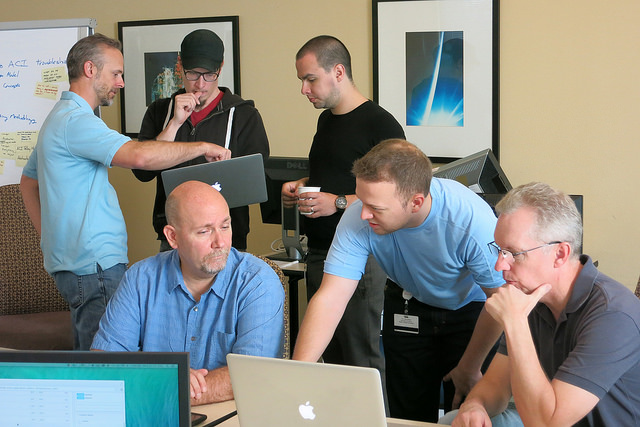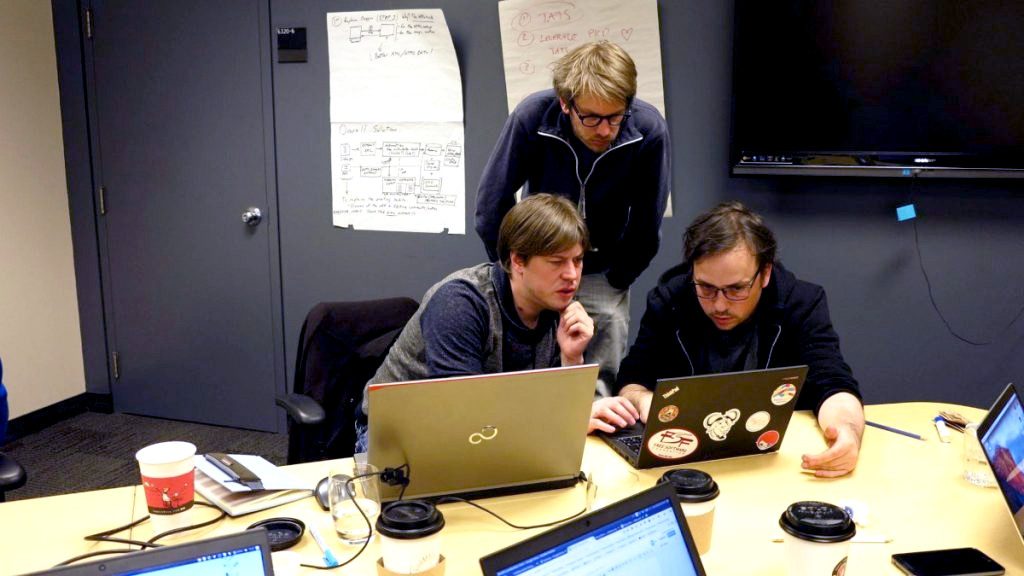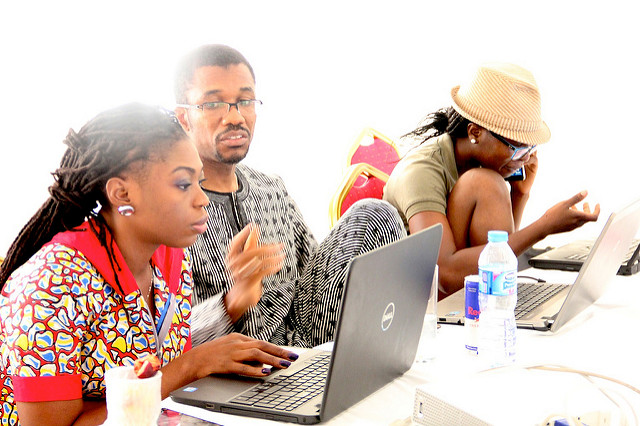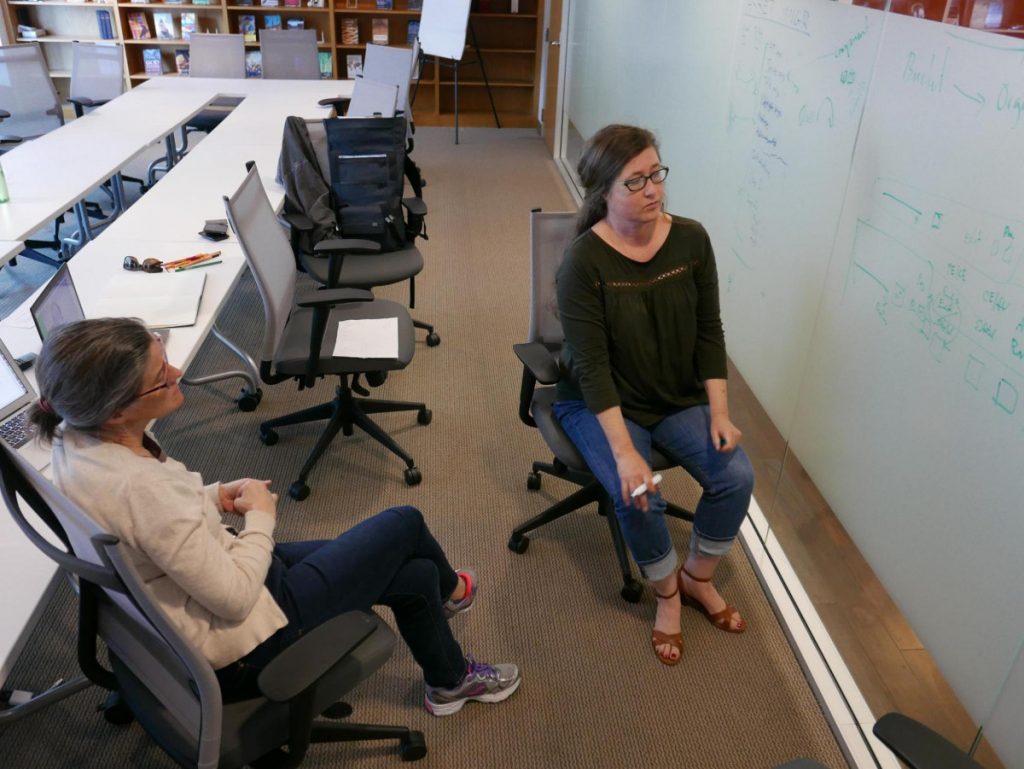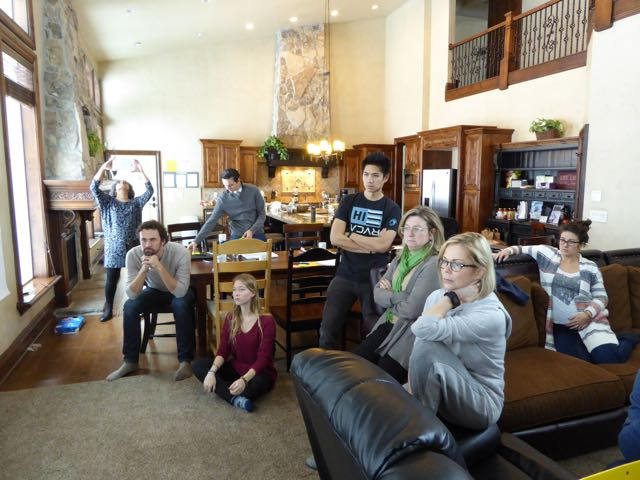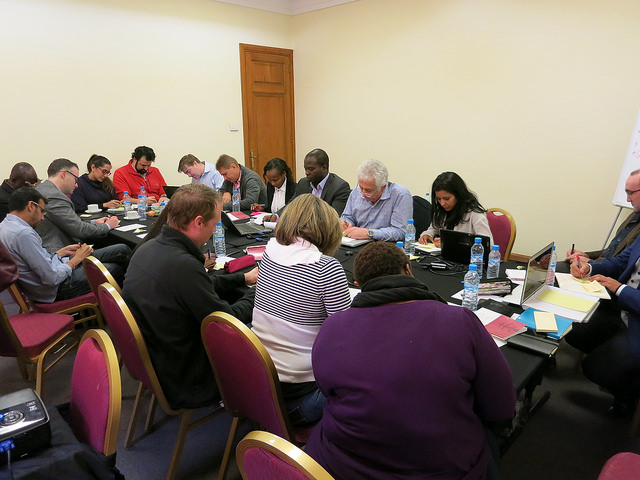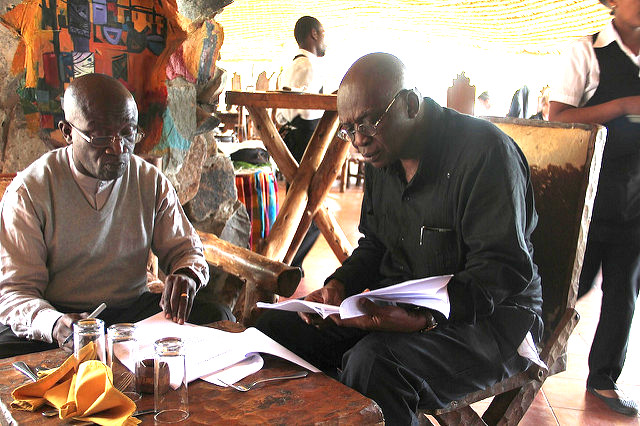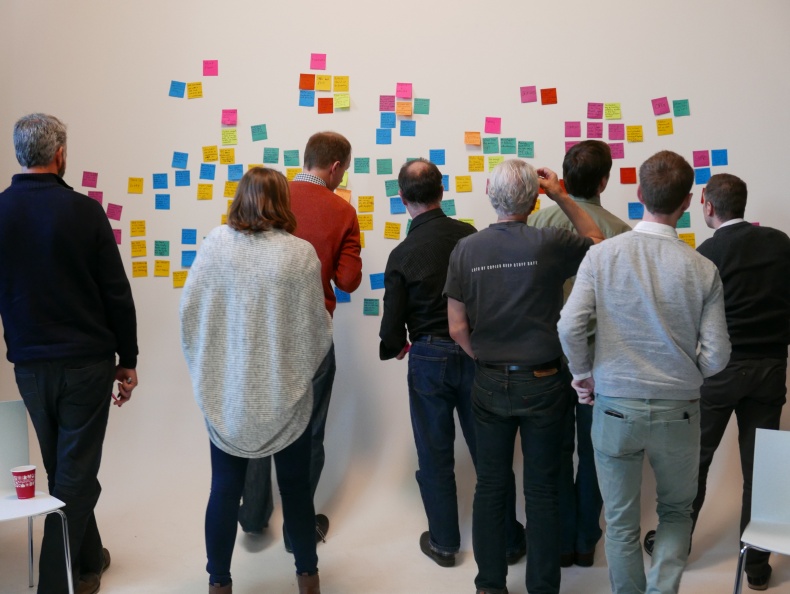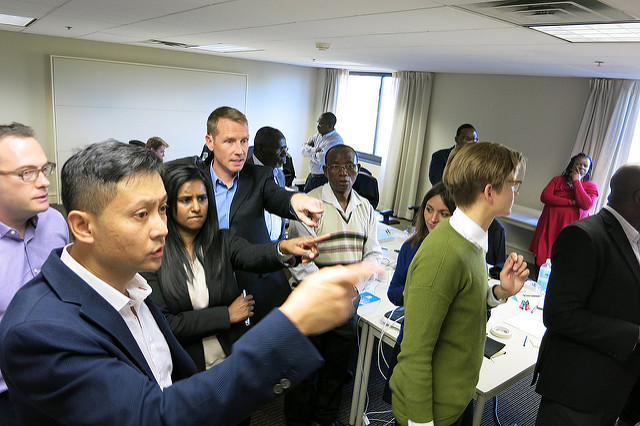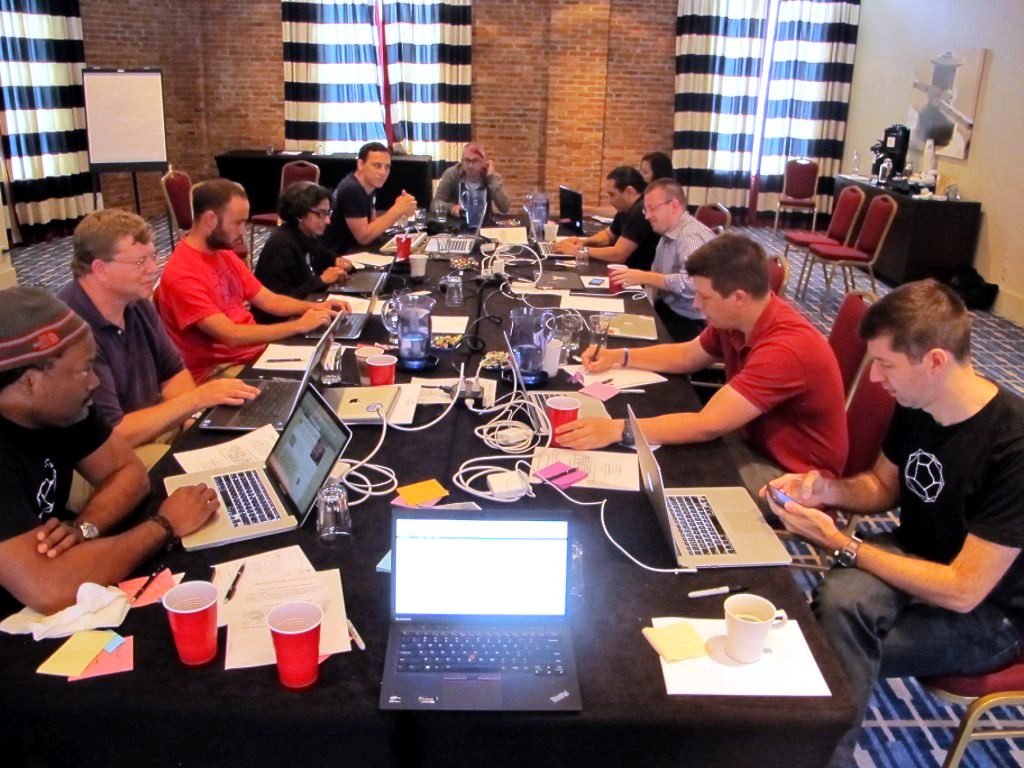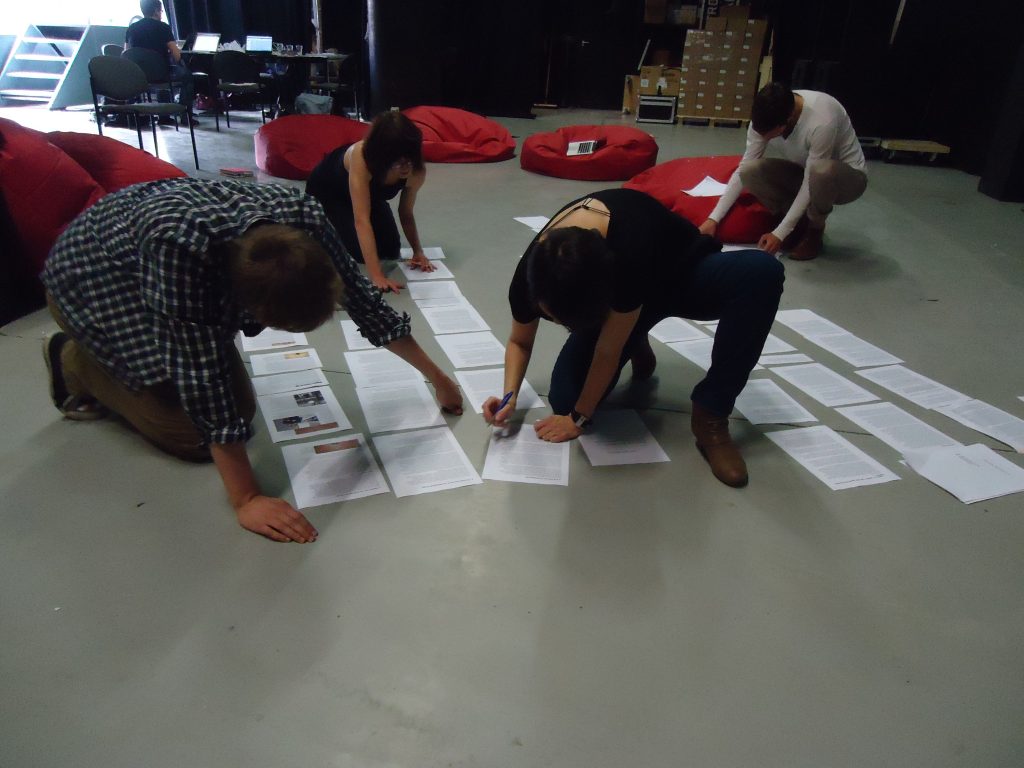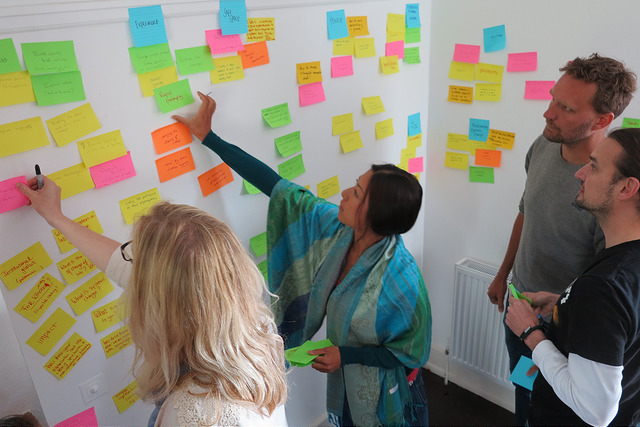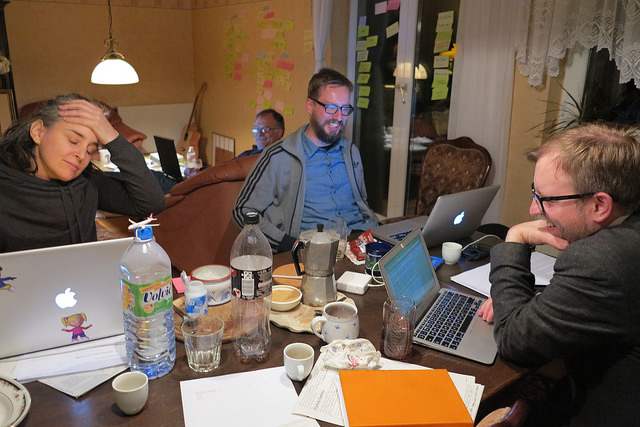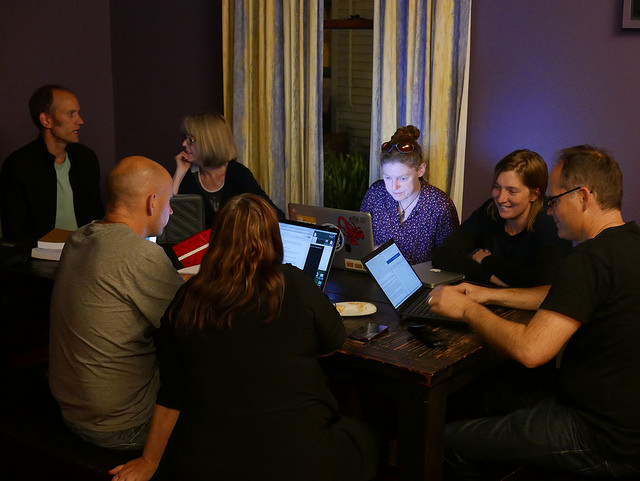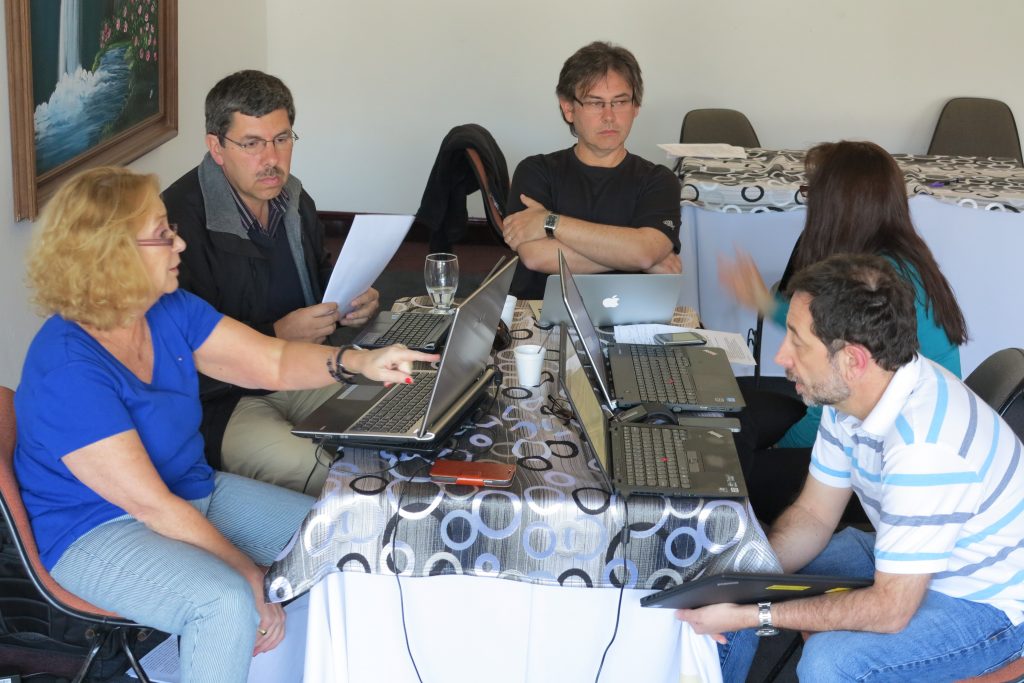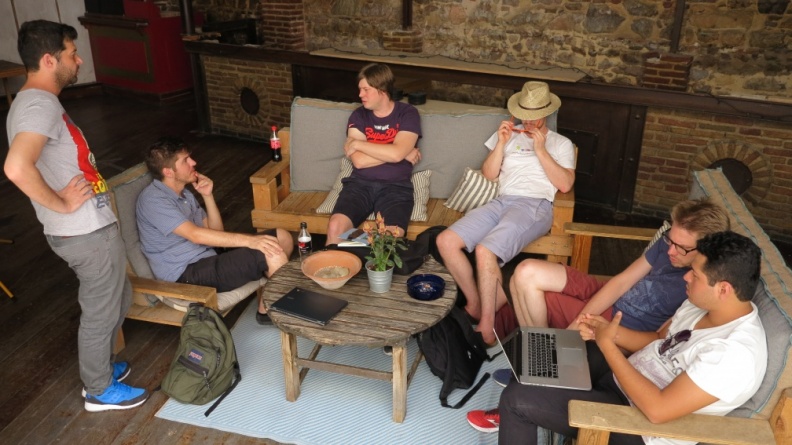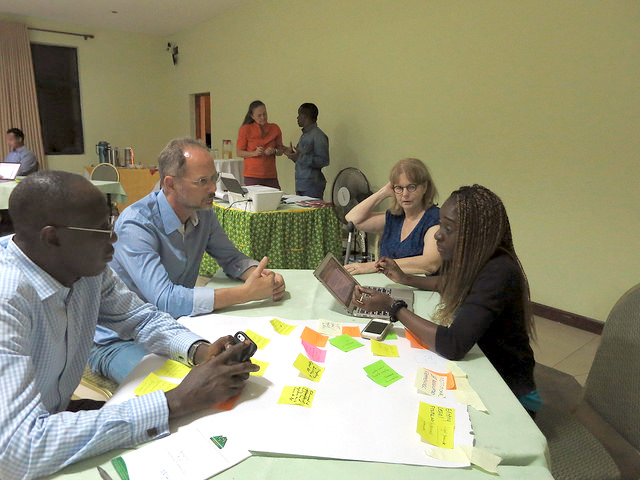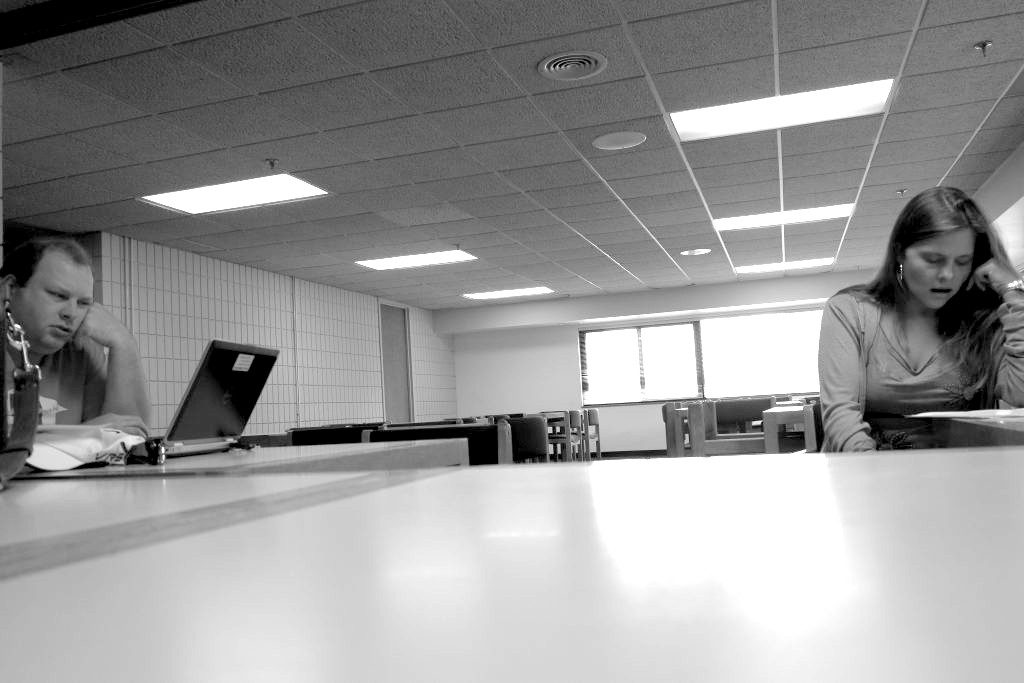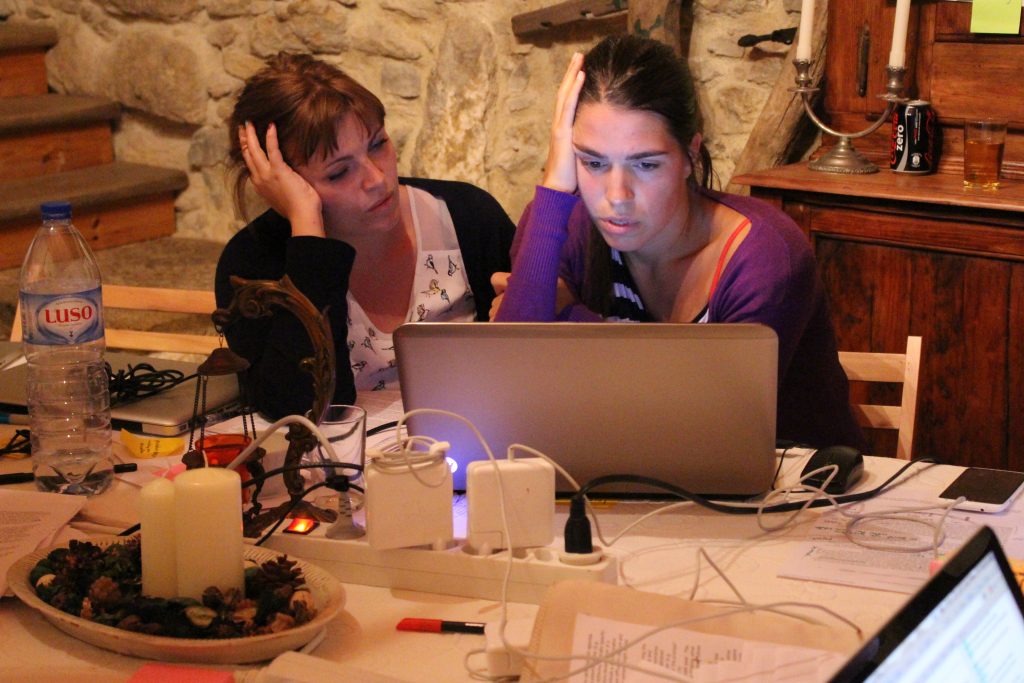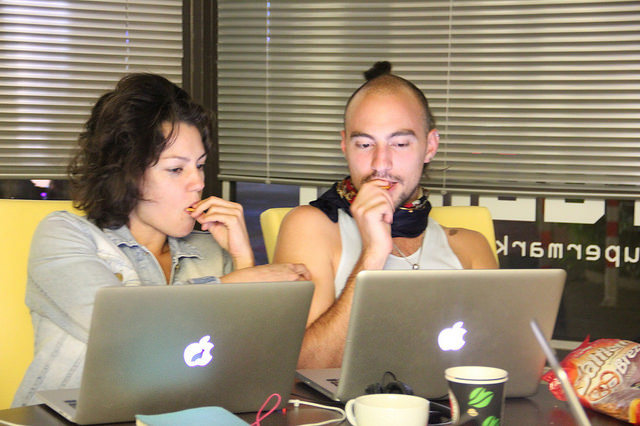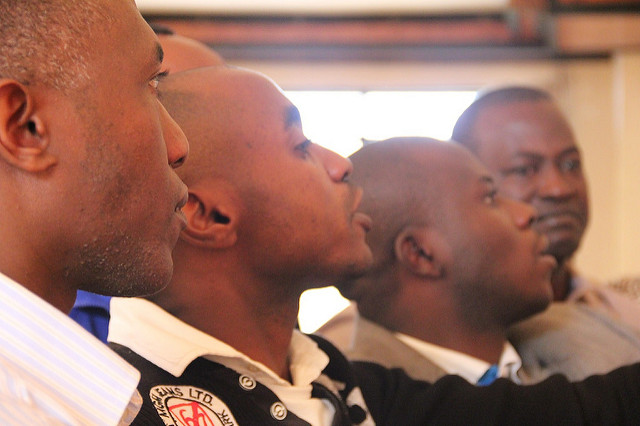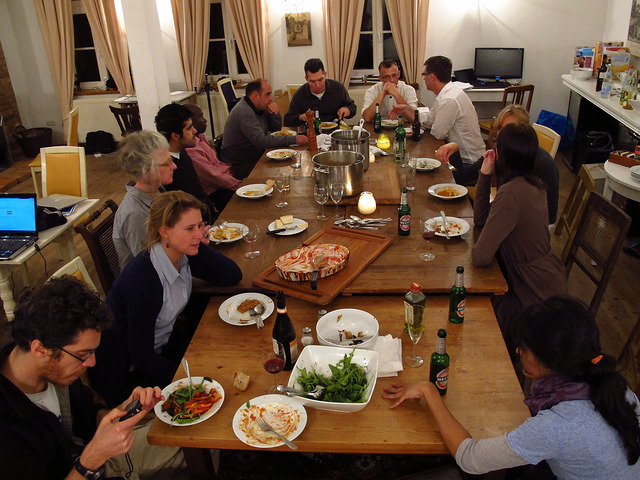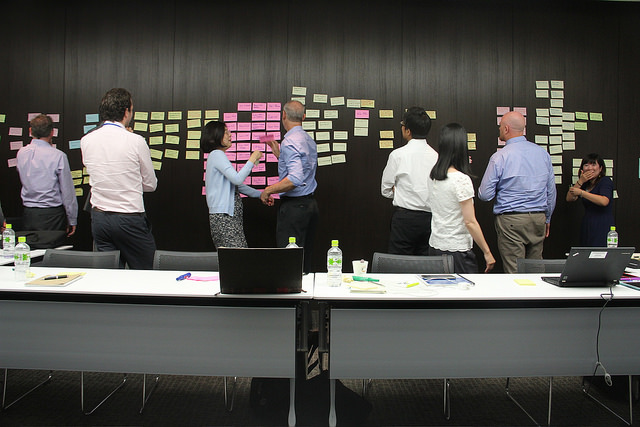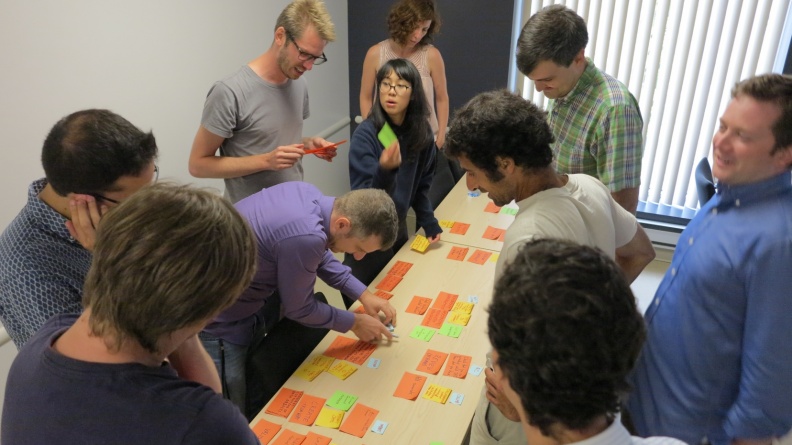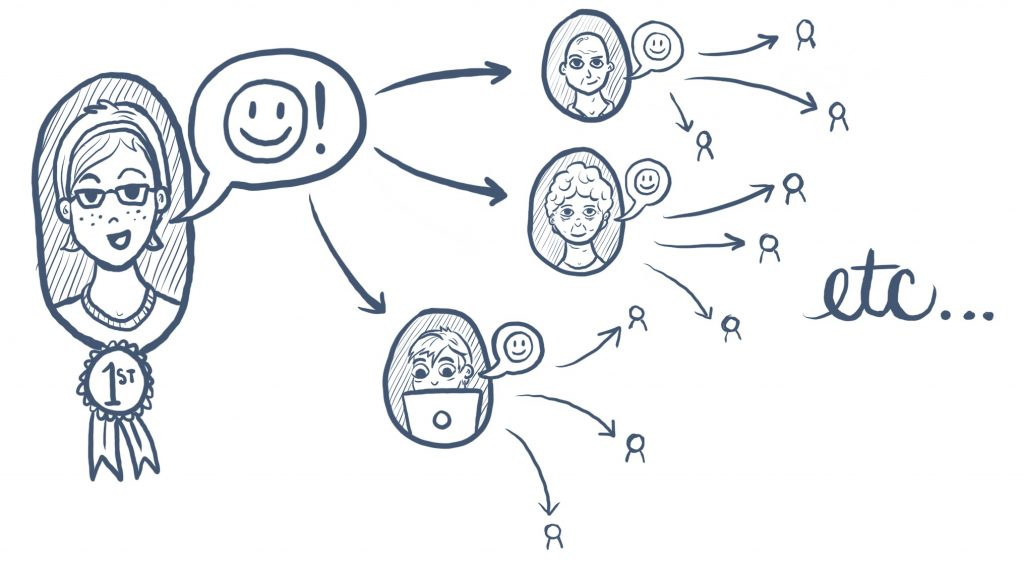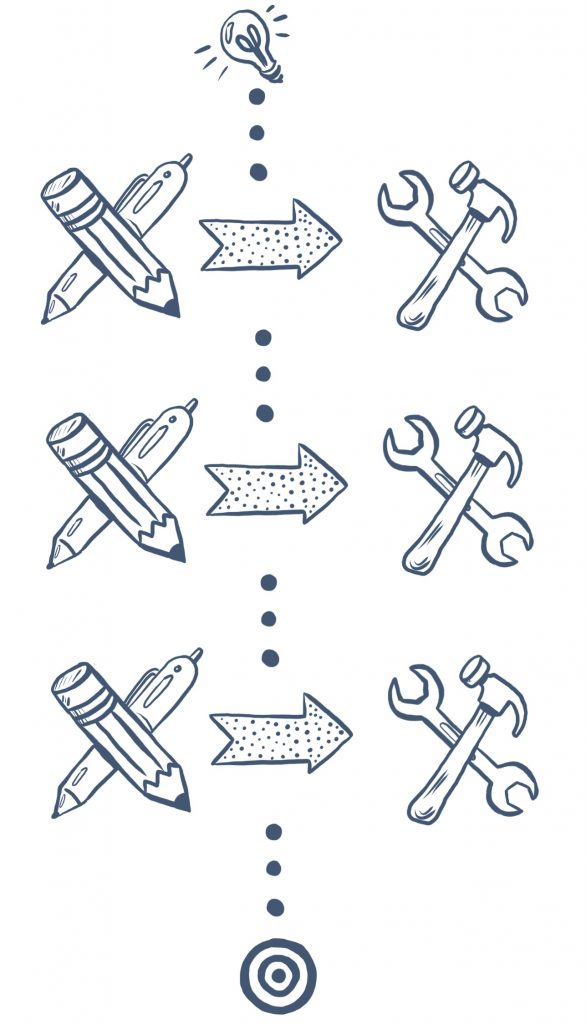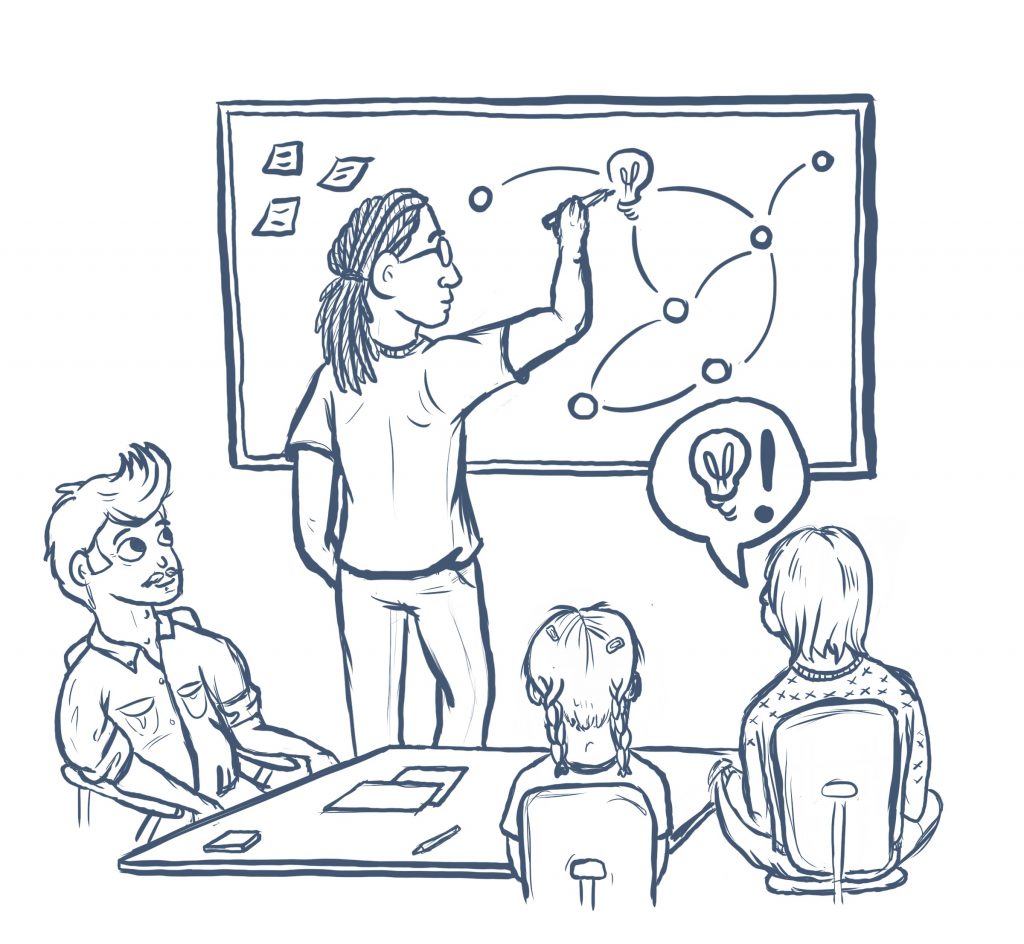Some years ago I helped start an activist organisation named HelpB92 in Amsterdam. It was a strange road to that point. I had left my previous home for 2 years in Adelaide and headed to London to find my fortune. I was all kitted out with a one-way ticket, an Apple Centris wrapped up in a cardboard-and-gaffer-taped box without a monitor (it was too big to carry), and (almost) $1000 Australian dollars (all the money I had in the world after I sold my mountain bike). I was 30, the big plan was to go to London to make coffee (for other people). I had it all worked out, except maybe the Visas and stuff, y’know… I had most of it worked out.
On the way I was to stop off in Amsterdam for a conference. It was the Next 5 Minutes conference at De Balie. All about tactical media.
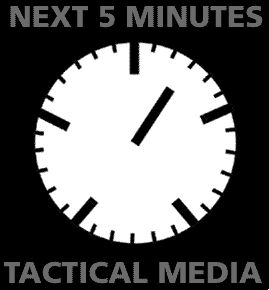
The net was pretty new (1999) and activism had not really found its place yet in the new medium. I was there as a practicing artist (r a d i o q u a l i a) to advocate for streaming media, ‘internet radio’ as it was thought of then, as a way art and activism could inhabit the net. I crashed on a friends floor for the duration sharing it with very young RTMark, later to become the Yes Men, as it happens (they did their first performance at that event). Also at the event friends (Micz Flor and others) took care of this poor antipodean and gave me food tickets they were given as presenters so I could save some money. It was pretty cool.
At the time Amsterdam was a safe harbor for activism. Pirate radio and tv proliferated, often resident in the many active and interesting squats that populated the city. The place was alive.
After that conference, I got a little sick. Just a cold but I was worn out. I had to buy a ticket to London and was trying to work out when I should go. I happened to be walking across a square (Nieuwmarkt) on a cold rainy day and Geert Lovink, something of an internet hero to me, saw me and asked how I was. When he gathered I was sick he offered me his place to stay since he was going away for some months. It was incredibly generous (I even remember, knowing I was a radio junkie, he put an FM radio under the pillow, such a nice touch) and I hunkered down for a few days, not wanting to stay too long in fear of taking advantage of his generosity.
During that time Nato started bombing Serbia. It was a weird feeling. I remember feeling so strange that I was standing on the same soil as a war. It’s not something New Zealanders are really used to. Anyways, Geert contacted me and a few others and said I should scoot it down to De Balie and join a meeting to see what could be done. I went down there and found this powerhouse of amazing people ready to talk about what to do. They included Sjoera Nas & Maurice Wessling (who later together founded Bits of Freedom, the EU equivalent of the EFF), Geert, David Garcia (founder of Next 5 Minutes), Gerbrand Oudenaarden and many others.
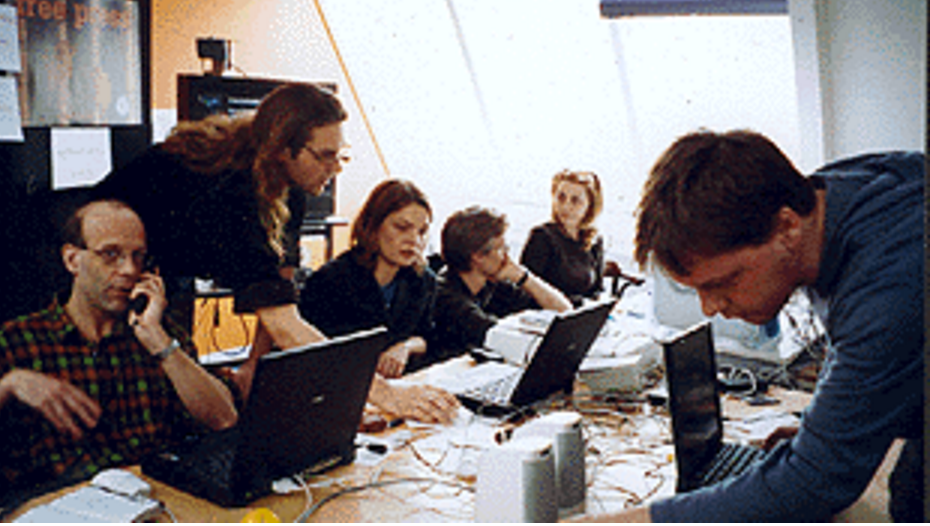
Together we felt the one thing we could do was to keep a spotlight on free media in Serbia, so we co-founded HelpB92.
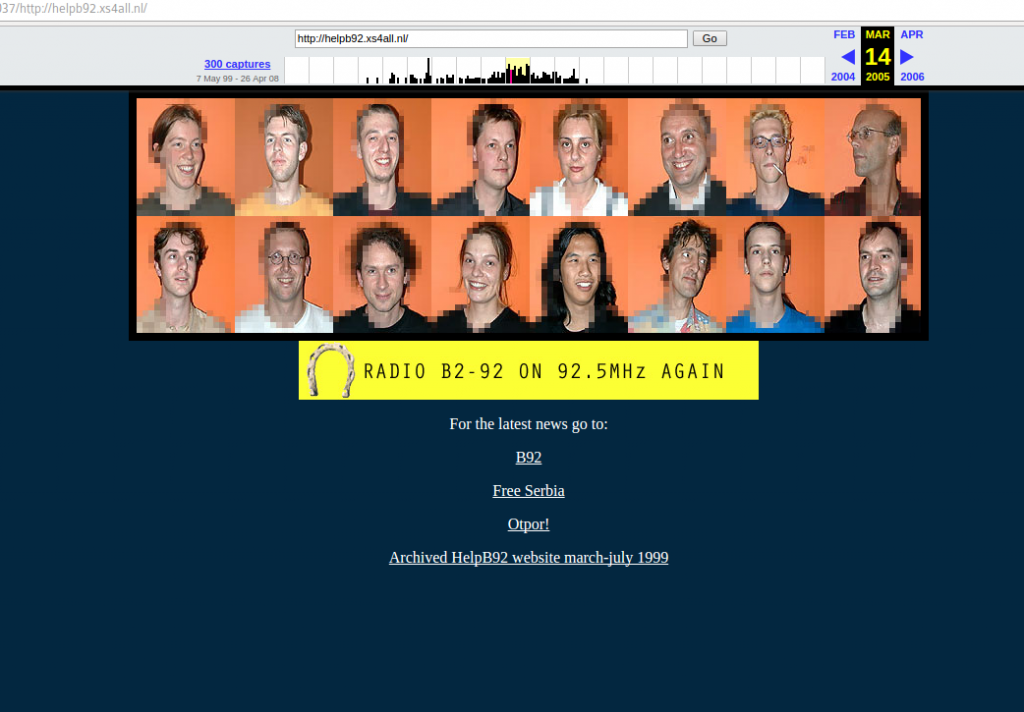
We were a motley crew with good ideas and good intentions. The internet was barely explored for activism at the time so we had to more or less make up how it might work. Our main aim was to keep B92 (a Belgrade-based station) and other free media in the international media spotlight so no one ‘disappeared’.
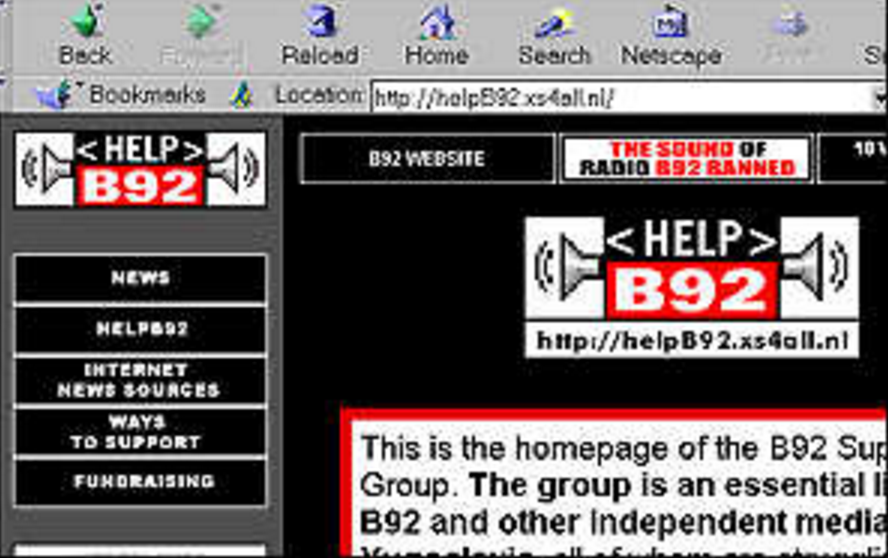
Our strategies were thought up on the fly. We did the typical stuff like making interviews and contacting the mainstream media with information etc. But we also did stuff that seemed way innovative at the time…like making animated gif badges for friends and supporters to put on their websites.

Seems crazy now but back then this was an unknown strategy. We were really innovating without knowing what would and wouldn’t work.

Since most of us had connections to either art or activism, or both, we combined these worlds together. We were part of efforts to get Serbian artists invitations to conferences and residencies outside of Serbia and then holding on to them once they got there. Gordan Paunović was once such person, the program director for B92.
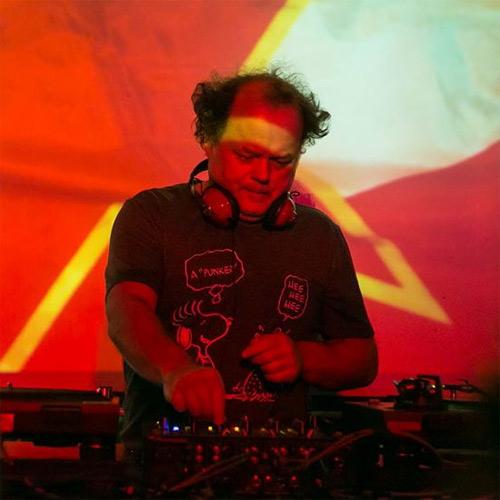
Once he arrived in Amsterdam we also started organising online streamed events with famous artists to raise money and lift the profile even more. One such event I remember he and I ran from the Kunstradio offices in Vienna. It was called NetAid (not the UN event of the same name) and we did a series of 5. We streamed in artists from all over the world into one co-ordinated stream. The software didn’t really exist for this kind of thing so we had to do it partly old skool with hardware mixers and also write our own software. It was pretty sketchy but it worked.
During the bombing Geert made contact with Radio21. They were a Priština-based station managed by Kosovo Albanians that was in exile in Skopje, Macedonia. At the time most people thought Macedonia was next on the list for war since there was a lot of unrest and they didn’t appreciate the Albanian refugees flowing across the borders from Kosovo. Geert said I should go down there to help them out…waaaaaaaat? I was a milk and cookies ‘technician’ (artist really) from little ole New Zealand…what on earth am I doing gong to a ‘war zone’. I thought about it and I didn’t want to go… but I thought if they thought I could help then I should really go. It was bent logic.
Anyways. I remember searching for flights. Funny thing was, no airline was going near the war zone. Makes sense. I finally found an airline that did and nobody had heard of them. I still remember the name of the airline – Air Avioimpex. I told Gordan I was going and he asked how. When I told him the name of the airline he went pale…I can almost remember his words verbatim, it was something like
oh no….they are really old planes without the best electronics, and the problem is the airport is between two steep cloudy mountains and sometimes they don’t make it…
I was feeling out of my comfort zone. Anyways, I got some tech together, they wanted me to be the streaming media guy down there so I got some tech – mics, a small hardware mixer etc. I remember going to the airport, I was flying from Vienna, and it seemed like there was a ladder going up the back of the plane where we were supposed to go. I climbed in. When I got inside it I felt like there was a soccer game happening…it was kinda chaotic, with people running around, a soccer ball somewhere. It didn’t feel terribly well managed.
Anyways, I went to sleep. I had not had much sleep the nights before so sleep was actually easy. I awoke to feel the plane descending fast and looked out the window. I could only see whiteness outside…oh no…I wished I had slept longer…
Anyways, we made it through the mountains and I remember seeing the airport and it was just military planes and armored ground transportation. Somehow I made it to the town center where I was to meet the Radio21 crew. They were happy to see me and I worked together with them for a few weeks. The main outcome being a rather innovative system we set up where reporters could go down to the refugee camps with a phone. They would call us, we would record it as they interviewed people, and then we would upload the interview to the net. Radio Netherlands then picked up the files from the net and broadcast the interviews on Shortwave over Europe. The thing was, back then, there was no good internet or even good streaming tech to stream these interviews. We used a combination of mobile phones, FTP (putting files online), and Shortwave to get these interviews into Kosovo so the families of those in refuge would be able to tune in and know their families were ok. At the time it was very innovative.
I remember a few things from this period. I remember the really cool Albanian bunch inviting me to drink at Albanian bars. “Aren’t they attacked by bombs occasionally?” I asked. “yes, but you get used to it” was the reply…
I remember a bomb going off across the street from the offices. It was planted in a trash can. I was downtown at the time but apparently two kids lost their legs.
I remember hearing a thick oily sound in the sky at night and in one moment realising that was the sound of planes on their way to kill people.
I remember a good buddy – Dmitry – telling me that I should choose to leave at the right moment. The wrong moment was when all the transportation was canceled and you couldn’t leave even if you wanted to.
I remember one morning the peace talks failed. I went to the train station and the guy at the ticket office was very sweaty and stressed. “Can I get a ticket to Greece please?”. “No, the trains have been canceled” he replied. “Can I get a plane ticket?” – “No” he said, stroking his sweaty bald head, “The bastards have closed everything”.
Hmmm….
I walked out of the train station and saw a guy standing over by a taxi. He saw me….I walked up to him and asked him how much to get to Greece, I think it was 600km away or so. He didn’t speak much English but communicated it was 1 DM (Deutsch Mark) per KM. Absolute robbery. I shook my head and walked away.
I came back to him and said ok.
We drove to the border. On the way out dozens of Nato trucks were coming the other way. I was relieved to be driving away from the dodgy border on the other side of Skopje.
I had to cross the Greek border on foot since the (very kind) taxi driver didn’t have a Visa. The border guards were very freaked out. What was someone doing crossing on foot and why was I here and not in New Zealand!? I had no good answers. They let me through.
I made my way to Athens via train from Thessaloniki. I went to the nearest hotel, booked a room and drunk my last 200 DM in cocktails.
In the end, I never actually made it to London to make coffee.
